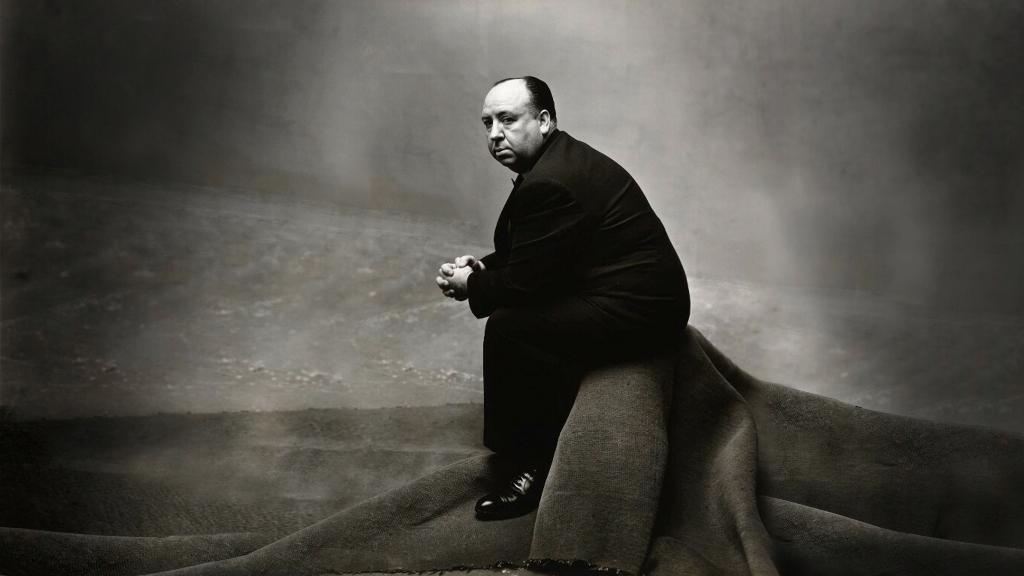When you think of Alfred Hitchcock, what titles come to mind? “Vertigo,” “Rear Window,” “Psycho,” and “The Birds” are among the director’s best-known dark films. This British-born director made his mark in Hollywood starting in 1940 with intriguing films which earned him the title of master of suspense. However, many of the films he made before the mid-1950s have been largely forgotten.

‘Rope’
“Rope” was Hitchcock’s first Technicolor film. In it, he employed some revolutionary film techniques. Most notably, the whole story is supposed to take place during the actual runtime. Hitchcock used trick photography to give the impression that the whole film was shot in a single take with no cuts.Loosely based on the true “crime of the century” murder committed by Nathan Leopold and Richard Loeb in 1924, this film explores how dangerous ideologies can lure the susceptible toward wrongdoing and provide justification for manipulative, self-centered individuals’ wicked desires.

The story takes place at a dinner party thrown by college buddies, the murderous mastermind Brandon (John Dall) and his scared stooge Phillip (Granger) at their apartment. The guests include their old professor Rupert Cadell (James Stewart), college friend Kenneth Lawrence (Douglas Dick), as well as the fiancée, Janet (Joan Chandler), father (Sir Cedric Hardwicke), and aunt, Anita Atwater (Constance Collier) of their fourth school chum, David Kentley.
The only person missing from this cozy little get-together is David (Dick Hogan) himself. As the evening progresses, tense conversation reveals that Janet, although now engaged to David, used to go out with Kenneth. Before him, she also went out with Brandon. As a result, Brandon deeply resents both Kenneth and David.

‘Strangers on a Train’
For “Strangers on a Train,” Alfred Hitchcock returned to black-and-white film and the conventional length of shots. Instead, he threw himself into obsessing over every minute detail of the production, bouncing back into action after a period of restless inactivity.
He meticulously chose the food characters ordered, designed the murderer’s symbolically vicious necktie, arranged the debris in a storm drain, and labored over a shot reflected in a pair of eyeglasses. Always a proponent of symbolism, Hitchcock used these details to color his characters beyond dialogue and deepen the story without lengthening the runtime.
The movie stars Farley Granger as acclaimed tennis player Guy Haines. Robert Walker plays psychotic rich kid Bruno Antony. Laura Elliott, plays Guy’s estranged wife, Miriam. Ruth Roman plays the woman he loves, Anne Morton. Leo G. Carroll plays her father, Senator Morton. Patricia Hitchcock plays her nosey younger sister, Barbara.

Guy meets Bruno by chance on a train, when the latter recognizes him as a tennis star and, persistent, strikes up a conversation. Guy doesn’t take the charming yet strange young man seriously when he talks about how they could switch murders to commit the perfect crime. Bruno hates his father, and he knows Guy is struggling to get a divorce from his wife, who is expecting another man’s child. Guy laughs it off as a joke.
One Theme, Different Outcomes
“Rope” and “Strangers on a Train” are very different in storyline, aesthetic, and cinematic style, but they show two different outcomes of the same premise: One ruthless young man tries to manipulate another young man into helping him commit a “perfect murder.” The difference is that Farley Granger’s character in “Strangers on a Train” is immediately repulsed by this suggestion, while his character in “Rope” goes along with the vicious plan.Granted, Brandon and Bruno aren’t identical characters. Brandon is mature, intelligent, cunning, and frighteningly masterful when he chooses, although his arrogance ends up betraying him. Bruno is a spoiled mama’s boy whose charming, friendly surface covers a psychopathic degree of immaturity. To Brandon, murder of a perceived inferior is a privilege; to Bruno, the murder of a stranger in return for the undetected killing of his resented father is a game.
What’s more important is the difference between Phillip and Guy. Phillip is a pawn, a true follower who has gone along with his stronger friend’s ideas and schemes since boyhood. He lets Brandon guide his musical career, choose his associates, and direct his coming and goings. How could he suddenly develop strength of character when his friend tells him to kill someone?
Guy, on the other hand, is a man of principle. He has a stronger character. He takes the stranger’s description of traded murders as a morbid joke, never imagining that an apparently civilized man could be so brutal.

Murder With a Moral
Why are these films worth watching today? Isn’t there enough violence and brutality in the real world without choosing entertainment about the murder of innocent people? I would argue that these films aren’t examples of senseless brutality or violence just for the sake of shock value. First, the crimes presented are depicted delicately, according to the content guidelines of the day.More importantly, these stories present a poignant moral message. Peer pressure is a dangerous, powerful tool of influence. How often do news stories report on dangerous TikTok trends that leave gullible children maimed or dead? These are examples of peers being pressured to undertake an action they know is wrong.

In “Rope” and “Strangers on a Train” are powerful examples of two young men subjected to extreme peer pressure to do the ultimate wrong: commit a murder. The one who succumbs faces instant guilt and ends up exposing both himself and the mastermind, while the one who sticks to his moral code, even at the risk of his life, is rewarded with a happy ending.







